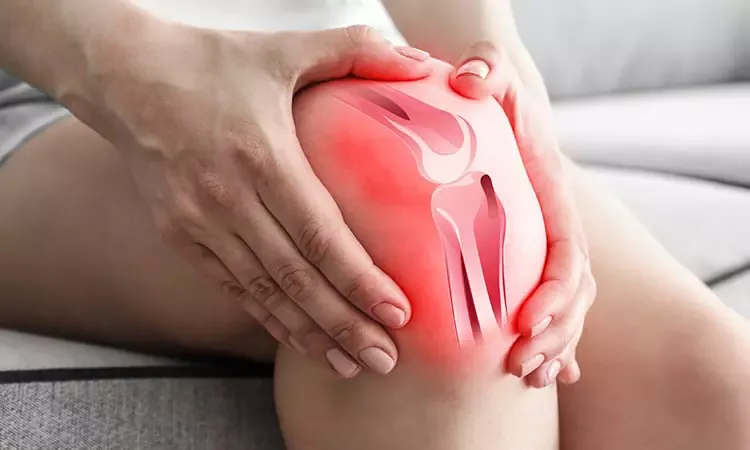Protecting your joints from damage
You wouldn’t deliberately drive your car into a pothole or roll over a speed bump at 100 km an hour. Doing either could damage your car or shorten its useful life. Neither would you go out of your way to injure your joints, especially if you have arthritis. They may be stiff and painful already, and injury would limit them – and you – even more. This blog is to tell you how to protect your joints from getting damaged.
Protecting your joints from damage
One of the most effective ways to protect your joints is exercise. Although it might seem as though exercise will increase your risk of injury, proper exercise can actually extend the life of your joints.
Exercise can:
- Strengthen muscles surrounding your arthritic joints, providing them with much-needed support
- Increase your joint flexibility and range of motion
- Reduce fatigue, a major issue, especially among people with rheumatoid arthritis
- Boost your energy levels
- Help you lose weight, thereby reducing the load on your overburdened joints
- Contribute to the quality of your sleep
Also Read: Homeopathy can help prevent bone loss
But before you embark on any physical activity of any kind, you need to understand a few basic principles of joint protection.
Fundamentals of joint protection
- Seek medical advice: It is best advised to check with your doctor what kind of activity would be most beneficial on your type of arthritis and which joints are involved. For e.g. if you have hip or knee osteoarthritis and the bones and cartilage of the affected joint aren’t too worn down, then a relatively high-impact activity such as walking might be just what you need. But if the bones and cartilage are significantly worn down, walking could cause even more damage. Swimming would be a better choice. Or your doctor might refer you to a physical therapist.
- Start slowly: To maintain motion without damaging your joints, your therapist/doctor might start with range-of-motion exercises. Such exercises relieve stiffness and increase your ability to move your joints through their full range of motion. The next set of exercises could be strengthening exercises, aerobic exercises, and other activities. In any case, avoid sudden jerks or bounce as it may harm your joints.
Also Read: 6 Tips to Make your Daily Life Easier with Rheumatoid Arthritis
- Warm up and cool down: You can apply hot packs (should feel warm and soothing but not hot) for 20 minutes before you begin as part of your warm-up. It can increase blood flow which helps increase the flexibility of muscles. Once you are done with your exercise routine, you can apply an ice-pack to your joints to reduce the inflammation.
- Know your limits: Understand your pain and know your limits. Beware that you are more likely to damage your joints when they are painful and swollen. Don’t over-exercise your tender, injured or badly inflamed joints. If you’re sore for more than two hours after exercise, chances are you’re doing too much. Ask your doctor about what pain is normal and what’s not.
- Take adequate rest: The concept can be confusing. First, your doctor may tell you to stay active; then you may hear about the special importance of rest. It’s a delicate balance. There are times when you’ll need to rest to save energy. At other times you’ll need to exercise to maintain the strength of your muscles, nourish your joints, and stay flexible. Example, if your hip muscles seem tired during the day, that’s a good signal to sit down and rest.
At Dr Batra’s, we have treated thousands of cases related to bone health issues with safe and effective homeopathic medicines. They not only give you long-lasting results but treat your illness without causing any side-effects. For more information, you can call us on this number 9033001642 or book an appointment with us: https://www.drbatras.com/book-an-appointment



